Thanks to everyone who came. :)
Poetry, science fiction, fantasy, horror, and culture from a Lao American perspective.
It was a great and extraordinary reading with over 60 people in attendance, including students, librarians, academics, fans of Asian American literature and other great writers of our community.
You all helped to mark a special turning point in literature. More thoughts on the event will be posted a little later, but I do also want to give a special thanks to Alayne Hopkins from the Friends of the St. Paul Library, and Dyane Garvey and Mitch Ogden from the Hmong American Institute for Learning and Paj Ntaub Voice for all of their generous support.
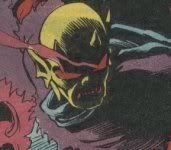 Originally conceived by Jack Kirby, a comic book legend in his time, the character of Etrigan the Demon really took off with the amazing four issue mini-series by Matt Wagner, a writer and artist of immense talents who also had previously brought us Grendel, a stylish series about a thief named Hunter Rose.
Originally conceived by Jack Kirby, a comic book legend in his time, the character of Etrigan the Demon really took off with the amazing four issue mini-series by Matt Wagner, a writer and artist of immense talents who also had previously brought us Grendel, a stylish series about a thief named Hunter Rose.


Which seems like as good a time to plug one of the organizations I belong to, the Asian Pacific American Librarian's Association. If you ever thought it would be fun to be a librarian, they can hook you up.

APALA is not as fun as the British Library Special Operations Division of Read Or Die, but they're still great people. :)
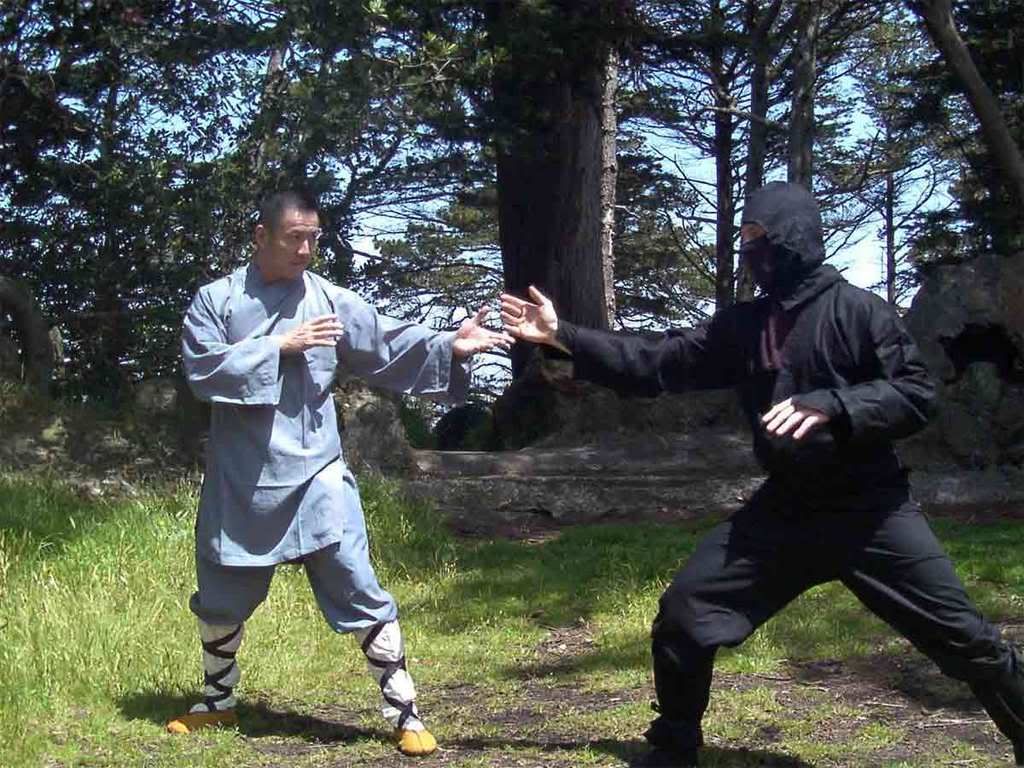
From Reuters Africa:
Shaolin Monks Vs. Ninjas. In the Courtroom!
Hilarious.
I can only imagine how the conversations are going for this one over there. :)
I'm sure there's a Law & Order epsiode in this somehow.

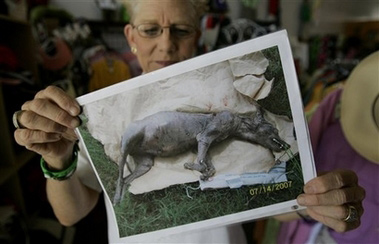
About as fast as it began, it looks like the end to the recent story suggesting the discovery of three Chupacabra corpses in Texas.
Experts now contend they are in fact the bodies of three Xoloitzcuintle or Xolos for short, a rare dog.
Many are now dismayed that it looks like someone is killing and abandoning undesirable Xolos in their efforts to breed ideal versions of the hairless dogs.
And in the meantime, the search for the real chupacabra continues.
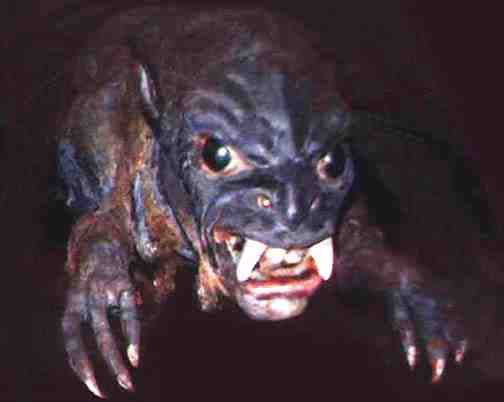
As a quick recap: The Chupacabra is a cryptid inhabiting parts of the Americas.
First reported in Puerto Rico in 1990, it has since been sighted in Mexico and the United States, especially in Latin American quarters. The name translates literally from Spanish as "goat sucker" because the creature attacks and drinks the blood of livestock, especially goats.
So if you spot one, let us know!
 The ever-familiar Tatsu or Ryu of Japan.
The ever-familiar Tatsu or Ryu of Japan.
Recognizable by its three toes, like most of the creatures we'll be mentioning, they are wingless and snake-like creatures with small clawed legs and a horned or antlered head.
These beings are associated with large bodies of water, the clouds in the skies or the heavens in general. The Ryu are often far more slender and fly less frequently than those in the traditions of Vietnam, Korea, or China.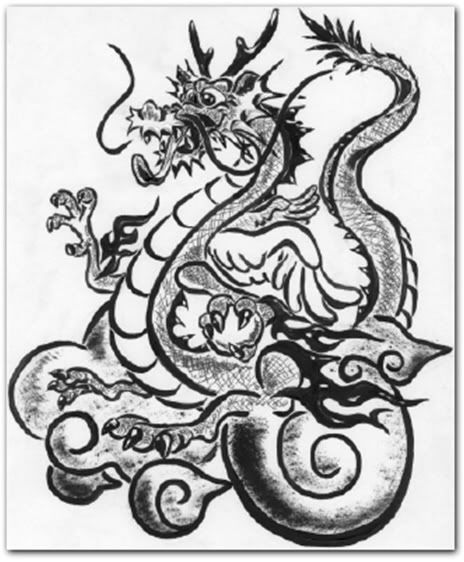

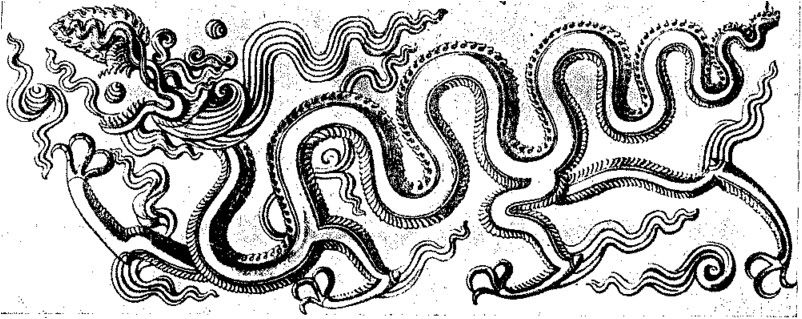


Just some interesting things to ponder for the night.